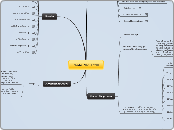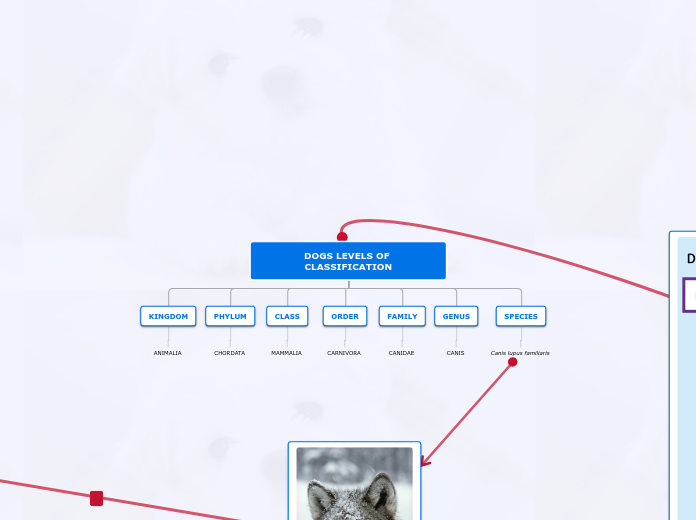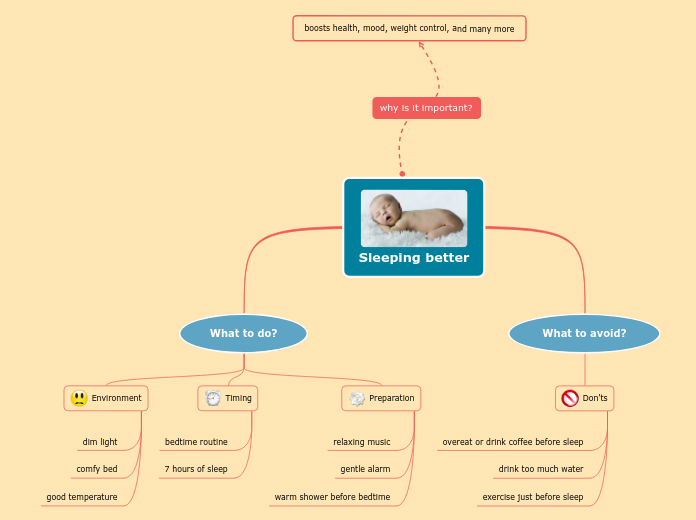Photo 2nd Term
Architectural Fract.
Concept
For this effect you have to play with the
shadows and the natural light from the sun.
So you can see different kid of levels in the
architecture of the object.
╚>This means that the object loses
the quality of the volume. So, as
the name says, somehow you
fractionate those volumes of the
object and convert them into
planes that are the picture itself.<╝
Shooting
₪ Tight Shot
Takes just a simple object ans goes from Full shot up to Extra Big Close Up.
₪ Extra Big Close Up
The shot considers a quarter of the face from a photographic subject/object. That means that it has to be really close to the object For example, an eye.
₪ Big Close Up
This shot takes the zone equivalent to half of the face from a photographic subject/object.
₪ Close Up
The shot is considered Close up when the picture shows half of the neck to the head.
₪ Medium Close Up
The Medium close up shot considers the subject from the zone of the breastbone to the chest up to the head.
₪ Medium Shot
This shot takes the photographic object/subject from the waist to the breastbone up to the head. SO there must be a person in the picture (or an animal).
₪ American Shot
This shot comes from the western movies. The cowboy has the gun in his thigh, so the shot is taken from that part of the body to the head.
₪ Full Shot
You have to shoot an object/subject complete (without any cuts to the person/form) for this picture to be consider as Full Shot.
₪ Long Shot
This shot considers both environment and object/subject important. If the object/subject is not there, the picture is meaningless.
₪ Big Long Shot
The environment in this shot is the important part of the picture but an object/subject gives more impact to it.
₪ Extreme Big Long Shot
This shot considers only the landscapte with no photographic object /subject.
Classification
Colour Temperature
It is measured in Kelvin degrees
and goes from 1,000K (candle light)
up to 10,000K(daylight-blue sky).
۞ Personalizes
It means that the photographer estimates the colour temperature(because can't identificated) and makes it equal to a sample of white color that the photographer wants to use as a reference in the shoots.
R ↔ M
G ↔ Y
B ↔ C
In order to use it, one must know
the complementary of light and
pigment primary colours:
For this one the photographer must use the
colour graphic in the camera menu to obtain the
white color balance he's looking for for that
specific moment of the day.
۞ Incandescent
The incandescent (or tungsten) WB is used when the photos are taken in rooms that have artificial light.
۞ Shadow
Same as cloudy, but the light is removed not because a cloud is covering the sun but because a big object is doing it. This Wb doesn't produces shades in the photographic object/subject.
۞ Cloudy
As the name says, it is used in a clouded day when the shadows are diffuse and soft.
۞ Daylight
It is used when the sun light is really strong and brilliant.
۞ White Fluorescent Light
Either neon (yellow) or tungstene(green).
۞ Flash
The flash will have the same color that the white light of a midday, so when someone is using it, the WB has to be set in the same type of light.
۞ Auto White Balance
The camera will select the adjustment of WB for the photographer. (Because it is hard to identify the balance of the light).
There are 8 types of WB:
I order to make a correct
use of the WHITE BALANCE
This is important because in that way
the image won't be affected by the
moment/place we are taking the photo.
The sunrays as they go
through the atmosphere.
Depending on the moment
of the day (sunrise,morning,
midday,afternoon & sunset)
and depending on the specific
place of the terraqueous globe
where the photographer is
taking the picture.
Determined by:
Camera Positions
◊ Dutch Horizon Shot
In this picture you are making a false horizon so you give the balance to something that doesn't have it OR you remove that balance and create an ilussion.
◊ Over Shoulder Shot
As the name says, you MUST TAKE the back of the shoulders of someone that HAS shoulders (a person/a few animals)
◊ Point of view
The Point of View shot shows the 'thing' that the photographer is seeing, so the photographer participates in the picture.
The next 3 positions are given by the framing
and not from the way you place the camera:
◊ Inferior Angle Shot
You shouldn't shoot at something that is stuck to the ground because you must be just below the object. So is the opposite of the Extreme High Angle Shot.
◊ Low Angle Shot
This shot is taken from a LOW angle, that means that you are making the ilussion or sensation that the object is big or powerfull.
◊ Eye Level Shot
This shot must be as the same level of the photographic subject/object.
◊ High Angle Shot
This shot shows the picture from above as well BUT the camera must be inclined a little.
◊ Extreme High Angle Shot
It is called "Birds Eye View", because takes an object from above. As if you were seeing it from the sky.
There are 5 positions OF THE CAMERA ITSELF









